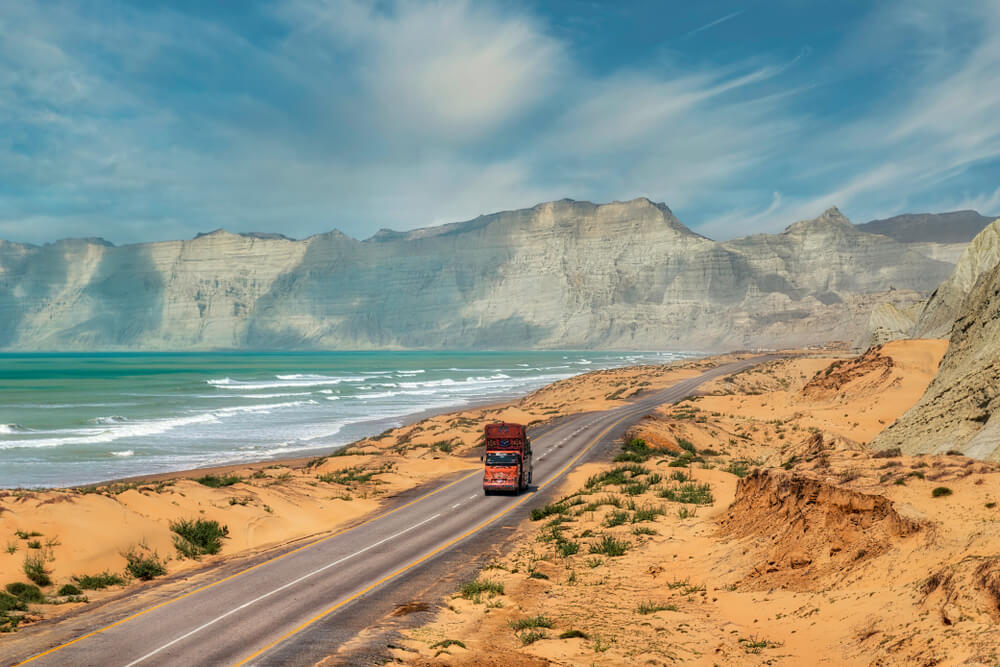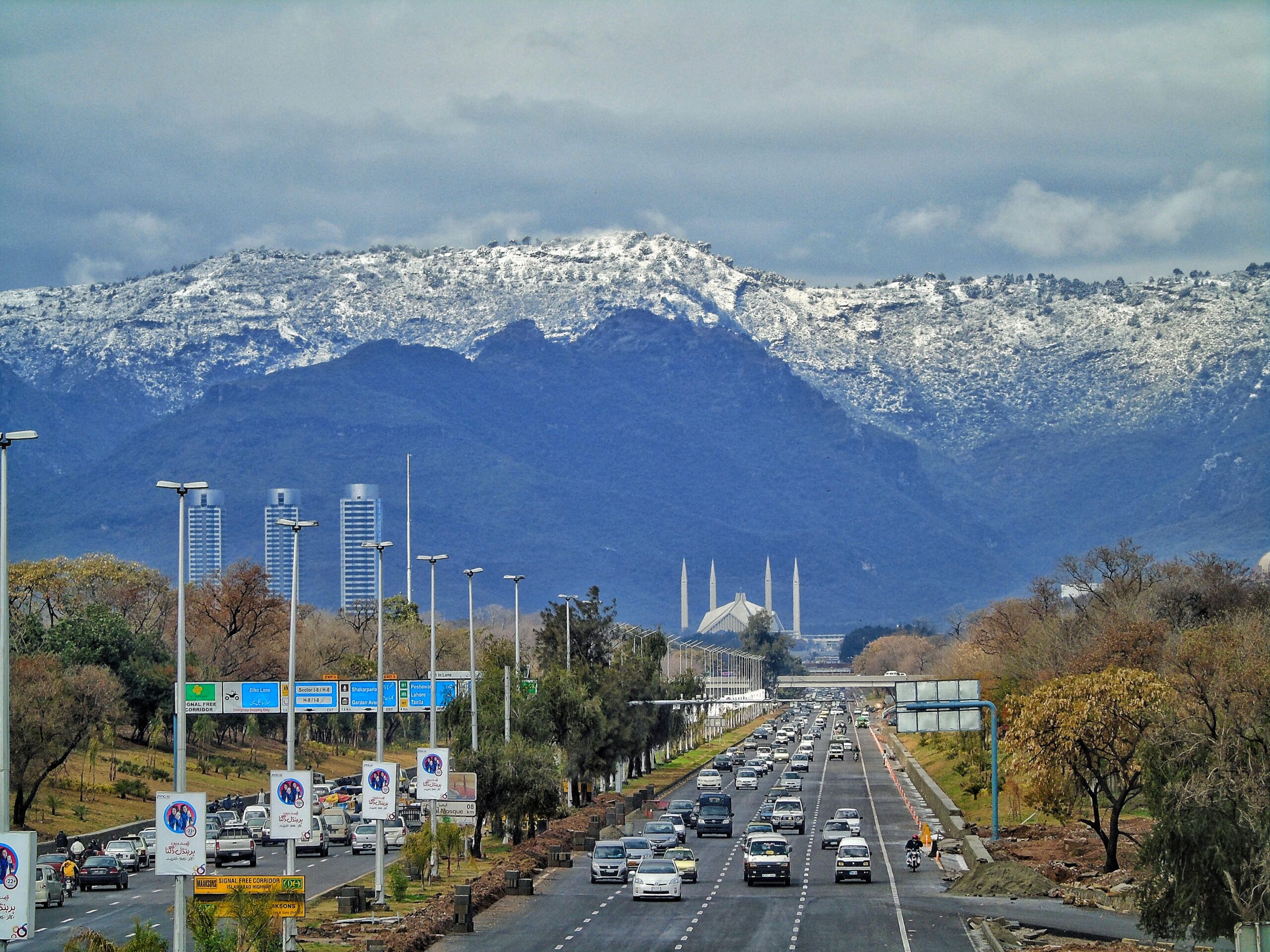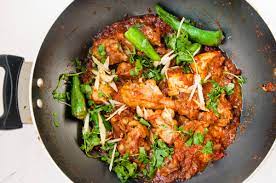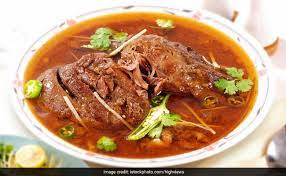Pakistan travel tips
Pakistan travel tips: In South Asia, boasts diverse landscapes, rich cultural heritage, historic landmarks, and warm hospitality amidst mountains, plains, and coastlines.
Provinces 🌎
Pakistan travel tips. Here is a list of all the provinces of the Pakistan.

Punjab

Sindh

Khyber Pakhtunkhwa (KP)

Balochistan

Gilgit-Baltistan (GB)

Azad Jammu and Kashmir (AJK)

Islamabad Capital Territory
Before you go 🛩
Important information you should know before your trip
Info

Capital | Islamabad
Flag Codes:
ISO alpha-2 PK,
ISO alpha-3 PAK
Currency
Badge | Pakistani rupee
CODE | PKR
NUMBER | 586
SYMBOL | ₨
FRACTION | paisa
Mobile Coverage
Dialing Code | +92
SIM Card
Coverage | 3G / 4G / 5G |
Mobile Networks | Jazz Mobile | Telenor | Ufone | Zong |

Location
Pakistan is located in South Asia, bordered by several countries. Its geographical coordinates are approximately between 23.6345° N latitude and 73.0449° E longitude.
Pakistan is a diverse country with varied landscapes, including mountains, plains, deserts, and a coastline along the Arabian Sea.
Currency
The official currency of Pakistan is the Pakistani Rupee (PKR). The Pakistani rupee is divided into 100 paisas and is issued in banknotes of different denominations, including 5, 10, 20, 50, 100, 500, 1,000, 5,000 and 10,000 rupees. There are also coins of 1, 2, 5 and 10 rupees in circulation.
It is important to note that both banknotes and coins are used in daily commerce in Pakistan. The PKR exchange rate with respect to other currencies can fluctuate, so it is advisable to exchange currencies at banks and authorized exchange houses. It is also possible to withdraw money from ATMs in Pakistan using international debit or credit cards.
Languages
Urdu is the national and official language of Pakistan, and is spoken by the majority of the population. In addition to Urdu, numerous regional languages are also spoken in Pakistan, many of which have a large number of speakers. Some of the most widely spoken regional languages include:
Punjabi: it is spoken in the province of Punjab and in some parts of northern Pakistan.
Sindhi: it is spoken in the province of Sindh and some parts of Balochistan.
Pushto: it is spoken in the province of Khyber Pakhtunkhwa and in parts of Balochistan and Punjab.
Balochi: it is spoken in the province of Balochistan and some parts of Iran and Afghanistan.
Saraiki: It is spoken in the region of Saraikistan, which extends across parts of Punjab, Sindh and Khyber Pakhtunkhwa.
Furthermore, English is widely used as a second language in Pakistan, especially in the business and higher education sectors. Many bilingual Pakistanis can speak both Urdu and English.
Climate 🌡
Pakistan’s climate varies from region to region due to its diverse geography, which includes mountain ranges, plateaus, deserts, and a coastline. Generally, Pakistan experiences four distinct seasons: winter, spring, summer, and monsoon (rainy) season. Here’s an overview of the climate in different parts of Pakistan:
Northern Mountains (Himalayas and Karakoram): This region experiences cold winters with heavy snowfall, especially in higher elevations. Summers are short and mild. The weather is generally pleasant in spring and autumn.
Northern Plains (Punjab and Khyber Pakhtunkhwa): Winters are cold with foggy conditions, particularly in Punjab. Summers are hot and dry, with temperatures often exceeding 40°C (104°F). The spring season brings relief from the intense heat.
Southern Plains (Sindh and Balochistan): The southern parts of Pakistan have a desert-like climate. Winters are mild and pleasant, while summers are extremely hot, with temperatures frequently reaching 45°C (113°F) or higher. The coastal areas have a milder climate due to the influence of the Arabian Sea.
Coastal Areas: Pakistan’s coastal regions, especially around Karachi, have a moderate climate due to the sea’s influence. Winters are mild, and summers are hot but not as extreme as in the inland areas.
Monsoon Season: The monsoon season typically occurs from July to September. During this time, most of Pakistan experiences heavy rainfall, especially in the northern and eastern parts. This rainfall is crucial for agriculture but can also lead to flooding in some areas.
Climate Extremes: Pakistan can experience climate extremes, including heatwaves in the summer and cold waves in the winter. Additionally, the country is susceptible to natural disasters such as floods, especially during the monsoon season.
Pakistan travel tips
If you’re planning a trip to Pakistan, here are some travel tips to enhance your experience:
Visa Requirements:
Check visa requirements and obtain necessary documentation before traveling to Pakistan.
Cultural Sensitivity:
Respect local customs and traditions; dress modestly, especially in religious sites, and follow local etiquette.
Security Awareness:
Stay informed about the security situation, follow travel advisories, and register with your embassy if required.
Health Precautions:
Consult a healthcare professional for vaccinations and carry essential medications; drink bottled or purified water.
Transportation:
Utilize a mix of transportation, including taxis, rickshaws, and domestic flights for efficient travel. View Guide.
Local Etiquette:
Greet with “As-salamu alaykum,” shake hands with the right hand, and show respect to elders.
Political Awareness:
Stay informed about local politics and follow travel advisories; exercise caution in sensitive areas.
Enjoy your time in Pakistan!

The best of the best
Pakistan offers a rich and diverse culinary landscape, influenced by various regions and cultures within the country.

Karahi
Karahi dishes feature meat (chicken, mutton, or beef) cooked with tomatoes, green chilies, and various spices, resulting in a flavorful and slightly spicy curry.

Nihari
A slow-cooked stew, traditionally eaten as a hearty breakfast. It’s made with tender meat, often beef or mutton, and cooked with spices to create a rich and flavorful broth.

Chapli Kebab
These are minced meat patties, usually made from ground beef or chicken, mixed with various spices, herbs, and sometimes lentils.
Here are some typical foods that you might find in Pakistan:
Samosas: Triangular pastry pockets filled with a mixture of spiced potatoes, peas, and sometimes meat. Samosas are a popular street food and snack item.
Haleem: A thick and hearty stew made from a mixture of lentils, meat (usually chicken, beef, or mutton), and wheat. It’s slow-cooked to achieve a rich and creamy consistency.
Roti and Naan: These are types of flatbreads that accompany most meals in Pakistan. Roti is typically made from whole wheat flour, while naan is often leavened and can be stuffed with various fillings.
Saag: A dish made from various leafy greens, such as spinach or mustard greens, cooked with spices and sometimes combined with meat. Saag is usually served with roti or naan.
Pakoras: Deep-fried fritters made from a variety of ingredients, such as potatoes, onions, spinach, or lentils, coated in a spiced chickpea flour batter.
Chaat: A popular street food, chaat is a mix of various ingredients like crispy fried dough, chickpeas, potatoes, yogurt, and chutneys. It’s tangy, sweet, and spicy.
Halwa Puri: A breakfast dish consisting of deep-fried puris (fluffy bread) served with halwa (sweet semolina pudding) and chana (chickpea curry).
Lassi: A refreshing yogurt-based drink, often flavored with fruit (mango lassi) or spices (salted lassi).
Biryani: A fragrant and flavorful rice dish cooked with a blend of spices, meat (such as chicken, beef, or mutton), and sometimes vegetables. Biryani is a favorite at celebrations and special occasions.
The country’s cuisine is known for its bold use of spices, aromatic flavors, and a balance of savory and sweet elements.
Transportation 🚥
More information about this country
Choose your destination 📍🗺
Useful Links ✅



